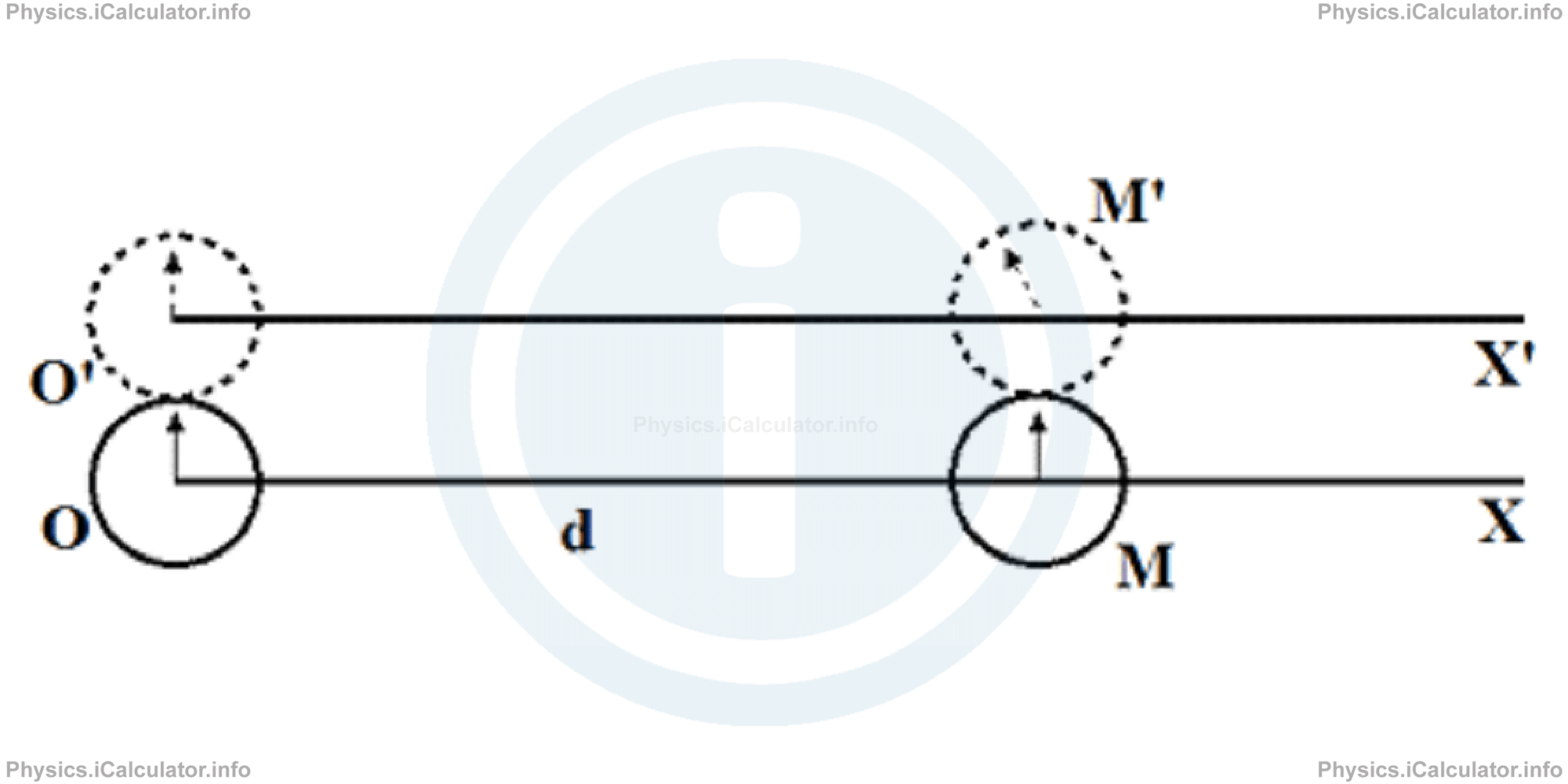Menu
Physics Lesson 18.5.2 - Galilean Transformations as Limit of Lorentz Transformations
Please provide a rating, it takes seconds and helps us to keep this resource free for all to use
Welcome to our Physics lesson on Galilean Transformations as Limit of Lorentz Transformations, this is the second lesson of our suite of physics lessons covering the topic of Lorentz Transformations, you can find links to the other lessons within this tutorial and access additional physics learning resources below this lesson.
Galilean Transformations as Limit of Lorentz Transformations
It is easy to see that for V << c, the Lorentz transformations point towards Galilean transformations. This is because V is assumed as very close to zero. Thus, we have
y' = y
z' = z
t' = t - x ∙ 0/c2/√1 - 02/c2 = t - 0/√1 = t
These equations are the same as those we obtained when studying the Galilean transformation for spacetime coordinates. In other words, the modern relativistic effects are evident only when we have systems moving relative to each other at velocities comparable to that of light, which is finite, albeit very high. If the speed of light were infinite, we would still be in the field of classical physics for any value of light speed.
Now, let's consider once again the clocks synchronization in inertial systems. If c pointed to infinity, then we wouldn't need to do any operation for clocks synchronization. In other words, we would have an absolute time and as a result, there was no need to do the clocks synchronization individually. If we wished, we would take two clocks, turn them on simultaneously in the two systems S and S' by starting from zero and in this way, they would always show the same time for the same event.
However, the Lorentz transformations do not allow this. Any clocks synchronization in S does not necessarily bring a clocks synchronization in S'. If we place standard clocks in S and S', they will not be synchronized. Let's explain this point through the example shown in the figure below.

We have the two clocks O (in S) and O' (in S') synchronized and placed at the same position. Likewise, the clock M (of S) and M' (of S') are initially at the same position as well. However, the time of M' is not the same as that of M despite the fact that t(O) = t(M) = t(O') = 0. We can find this time by applying the Lorentz Transformations:
= 0 - V/c2 ∙ d/√1 - V2/c2
≠ 0
It is obvious that the clock M' does not show the same time as O' because they are not synchronized. If the speed of light pointed towards infinity, or if V << c, then we would have a synchronization (perfect for c → ∞ and very close to perfect for V << c).
Giving that the Galilean transformations represent a limit of Lorentz transformations, we can always use the Lorentz transformation but for practical purposes, we often use the Galilean transformations for normal velocities. This approach is similar to situations involving gravitation, when it is not necessary to use the general formula of gravitation that involves the masses of objects and the distance between them [F = (G · M · m) / r2], but we often use the simplified formula F = m · g instead.
You have reached the end of Physics lesson 18.5.2 Galilean Transformations as Limit of Lorentz Transformations. There are 4 lessons in this physics tutorial covering Lorentz Transformations, you can access all the lessons from this tutorial below.
More Lorentz Transformations Lessons and Learning Resources
Whats next?
Enjoy the "Galilean Transformations as Limit of Lorentz Transformations" physics lesson? People who liked the "Lorentz Transformations lesson found the following resources useful:
- Galilean Feedback. Helps other - Leave a rating for this galilean (see below)
- Relativity Physics tutorial: Lorentz Transformations. Read the Lorentz Transformations physics tutorial and build your physics knowledge of Relativity
- Relativity Revision Notes: Lorentz Transformations. Print the notes so you can revise the key points covered in the physics tutorial for Lorentz Transformations
- Relativity Practice Questions: Lorentz Transformations. Test and improve your knowledge of Lorentz Transformations with example questins and answers
- Check your calculations for Relativity questions with our excellent Relativity calculators which contain full equations and calculations clearly displayed line by line. See the Relativity Calculators by iCalculator™ below.
- Continuing learning relativity - read our next physics tutorial: Relativistic Dynamics. Mass, Impulse and Energy in Relativity
Help others Learning Physics just like you
Please provide a rating, it takes seconds and helps us to keep this resource free for all to use
We hope you found this Physics lesson "Lorentz Transformations" useful. If you did it would be great if you could spare the time to rate this physics lesson (simply click on the number of stars that match your assessment of this physics learning aide) and/or share on social media, this helps us identify popular tutorials and calculators and expand our free learning resources to support our users around the world have free access to expand their knowledge of physics and other disciplines.
Relativity Calculators by iCalculator™
- Energy Calculator In Relativistic Events
- Frequency Calculator During Doppler Effect In Relativistic Events
- Length Calculator In Relativistic Events
- Lorentz Transformation Of Coordinates Calculator
- Lorentz Transformation Of Velocity Calculator
- Mass And Impulse Calculator In Relativistic Events
- Time Calculator In Relativistic Events
- Velocity Calculator In Relativistic Events